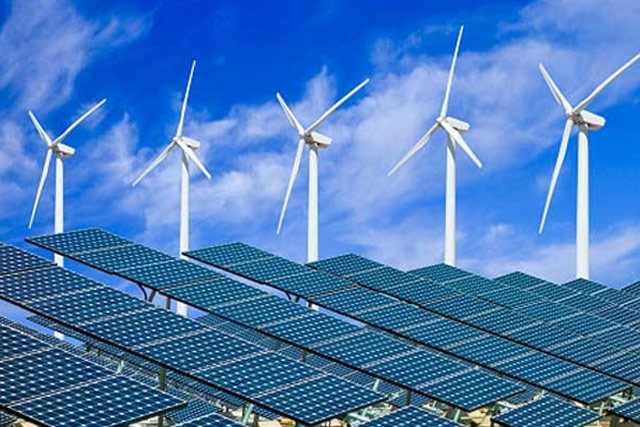As indicated by ICRA, limit expansion in the sustainable power source (RE) division is relied upon to stay subdued at around 8 GW in FY2021 given the proceeds with execution challenges in the midst of COVID-19, on account of disturbance of the supply chain as well as work accessibility issues. This has added to the burdens of the division which keeps on remaining plagued by issues, for example, delays in land procurement and receipt of evacuation approvals, regulatory delays in tariff adoption and obtaining financial closure in a tight financing environment. Nonetheless, the overall medium to long term investment outlook for the renewable energy sector remains strongly supported by highly competitive tariffs, policy support and new schemes such as peak supply, round-the-clock supply and RE plus thermal blending, which mitigates the risk of intermittent RE supply to some extent.
“The renewable energy-based capacity is likely to reach 120-125 GW by December-2022, with the solar capacity constituting 50 percent of the overall capacity followed by 38 percent from the wind power segment and the balance from other sources.” Sabyasachi Majumdar, Group Head & Senior Vice President – Corporate ratings, ICRA, said.
“While this is lower than the capacity target of 175 GW set by the Government of India (GoI), the incremental capacity addition is estimated to be healthy at 33-38 GW with an investment outlay of more than Rs 2 lakh crore over the next two and half years. ICRA expects this to be supported by a large pipeline of projects awarded by central nodal agencies and state distribution utilities (discoms) and likely improvement in execution timelines. Within the renewable segment, the utility-scale solar segment is expected to be very close to the 60 GW capacity target set by GoI, though there is likely to be a shortfall in the rooftop solar and the wind power segments.”
The renewable IPPs have been facing delays in receiving payments, especially from Discoms in the states of Andhra Pradesh, Rajasthan, Tamil Nadu and Telangana. The Discoms finances have been further constrained by the adverse impact of the lockdown imposed to control the pandemic. To address this, the GoI announced liquidity support of Rs 90,000 crore for the Discoms, in the form of loans against receivables, from the Power Financial Corporation (PFC) and the Rural Electrification Corporation (REC) under the Atmanirbhar Bharat package.
“On the positive side, the Discoms in states like Andhra Pradesh and Telangana have now started clearing past dues to the renewable IPPs, using the proceeds from the liquidity support scheme. While this is a positive short-term measure providing liquidity relief to the affected IPPs, sustainable improvement in Discoms finances remains crucial for future investments in the RE sector, which is linked to improvement in operating efficiency of the Discoms and aligning the tariffs in line with the cost of supply for the Discoms by the respective state electricity regulators. This apart, a favourable resolution of the tariff issue for wind and solar power projects in Andhra Pradesh remains important for sustaining investments in the RE sector.” Said Girishkumar Kadam, Sector Head & Vice President – Corporate ratings, ICRA.
The ICRA analysis, while cautiously optimistic, keeps on shifting enormously from the Power and MNRE Minister, R,K. Singh’s rehashed affirmations that India will accomplish an objective of 175 GW by December 2022. Coming so near the real date now, one needs to ponder exactly what the minister knows, that ICRA and the many experts outside the ministry, don’t.



































